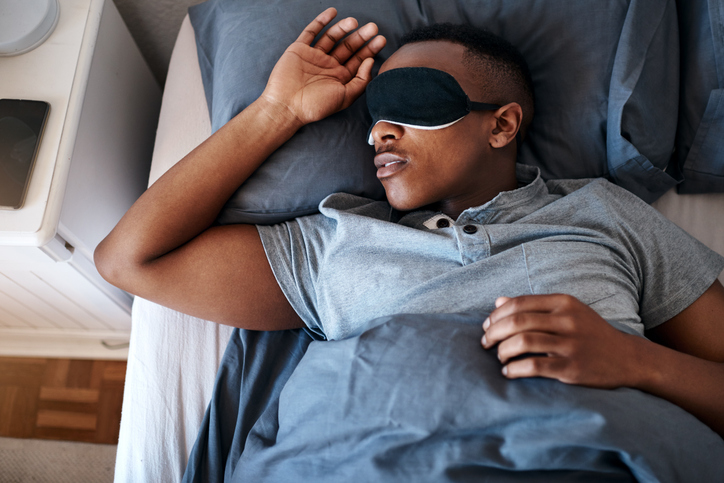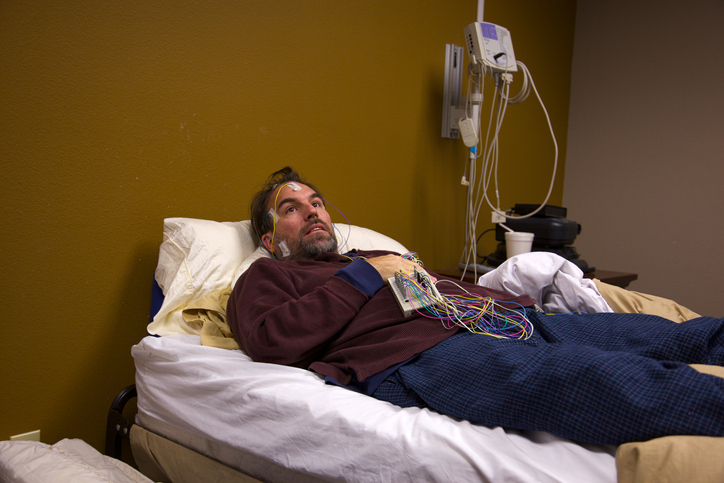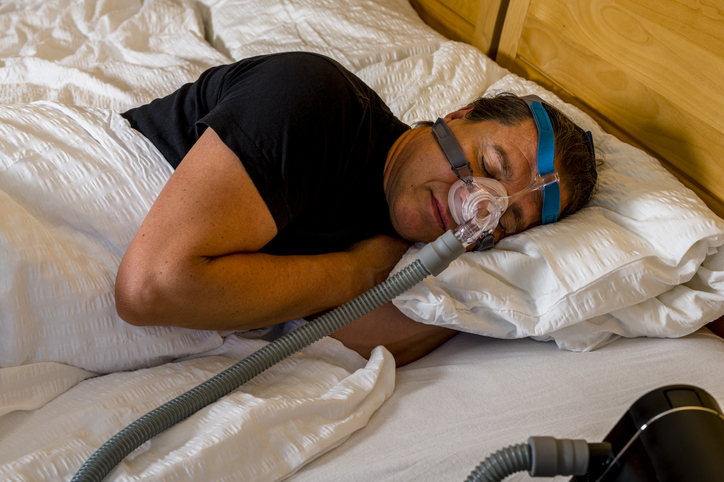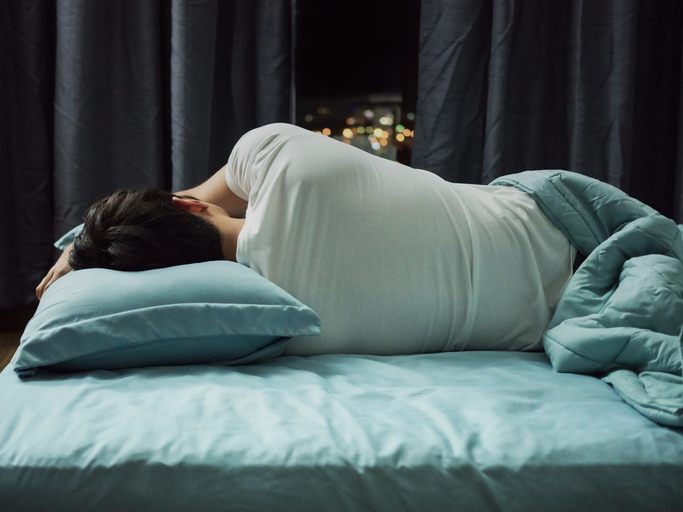Living with Chronic Pain
Conventional Medical Treatments for Delayed Sleep Phase Syndrome

What is delayed sleep phase syndrome?
When the sleep-wake cycle is disrupted to the point that everyday activities are affected, it is considered a circadian rhythm disorder. One such disorder is delayed sleep phase syndrome (DSPS). This condition is characterized by at least a two-hour delay (going to sleep at a later time and waking at a later time) in comparison to a standard sleep-wake cycle. Symptoms include, but are not limited to, insomnia, excessive daytime sleepiness, difficulty waking in the morning, irritability, decreased alertness, and difficulty with concentration. DSPS is most common in teenagers and young adults.
It is important to note that individuals with delayed sleep phase syndrome do not choose to stay up late; their circadian rhythm, or internal clock, is delayed by two hours or more. Research suggests that genetics plays a role in the development of DSPS.
Conventional medical treatments
The most common treatment for delayed sleep phase syndrome involves adjusting sleep hygiene habits; however, some conventional medical treatments are available.
Medication
Modafinil, a stimulant medication, can be prescribed if sleep deprivation is a factor. This medication is taken in the morning to help with daytime functioning.
Chronotherapy (Delaying the internal clock)
Chronotherapy involves shifting the sleep cycle to several hours later each night until the desired wake time is achieved. This takes a number of days free from work, social activities or other commitments, as well as strict avoidance of naps. The idea behind chronotherapy is that, initially, it is easier to shift sleep to a later time rather than an earlier time. For example, if the end goal is to wake at 6 a.m. with 8 hours of sleep, a sleep schedule during chronotherapy may look like this:
- 1 a.m. to 9 a.m. (current sleep cycle)
- 4 a.m. to 12 p.m.
- 7 a.m. to 3 p.m.
- 10 a.m. to 6 p.m.
- 1 p.m. to 9 p.m.
- 4 p.m. to 12 a.m.
- 7 p.m. to 3 a.m.
- 10 p.m. to 6 a.m. (Desired sleep schedule)
A health care professional can help with the development of the schedule change. In some cases, this treatment is done in a controlled setting, such as a hospital.
Advancing the internal clock
This treatment method involves shifting the sleep schedule to an earlier time (typically 15 minutes earlier) each night. This is done every day until the desired sleep and wake times are reached.
Light therapy
Light is an important part of internal clock regulation. Exposure to morning light from the sun or a light box (designed for light therapy) can help reset the body’s internal clock.
In order to be effective, light therapy should be done for 30 minutes in the morning. Bright light therapy involves sitting near a light box after waking at the desired time.
Cognitive behavioral therapy
Cognitive behavioral therapy, or CBT, is an effective treatment for insomnia and circadian rhythm sleep disorders, such as DSPS. It can be tailored to help with sleep cycles and disturbances.
Additional sources: Verywell Health, Association for Behavioral and Cognitive Therapies, and News-Medical.Net


















